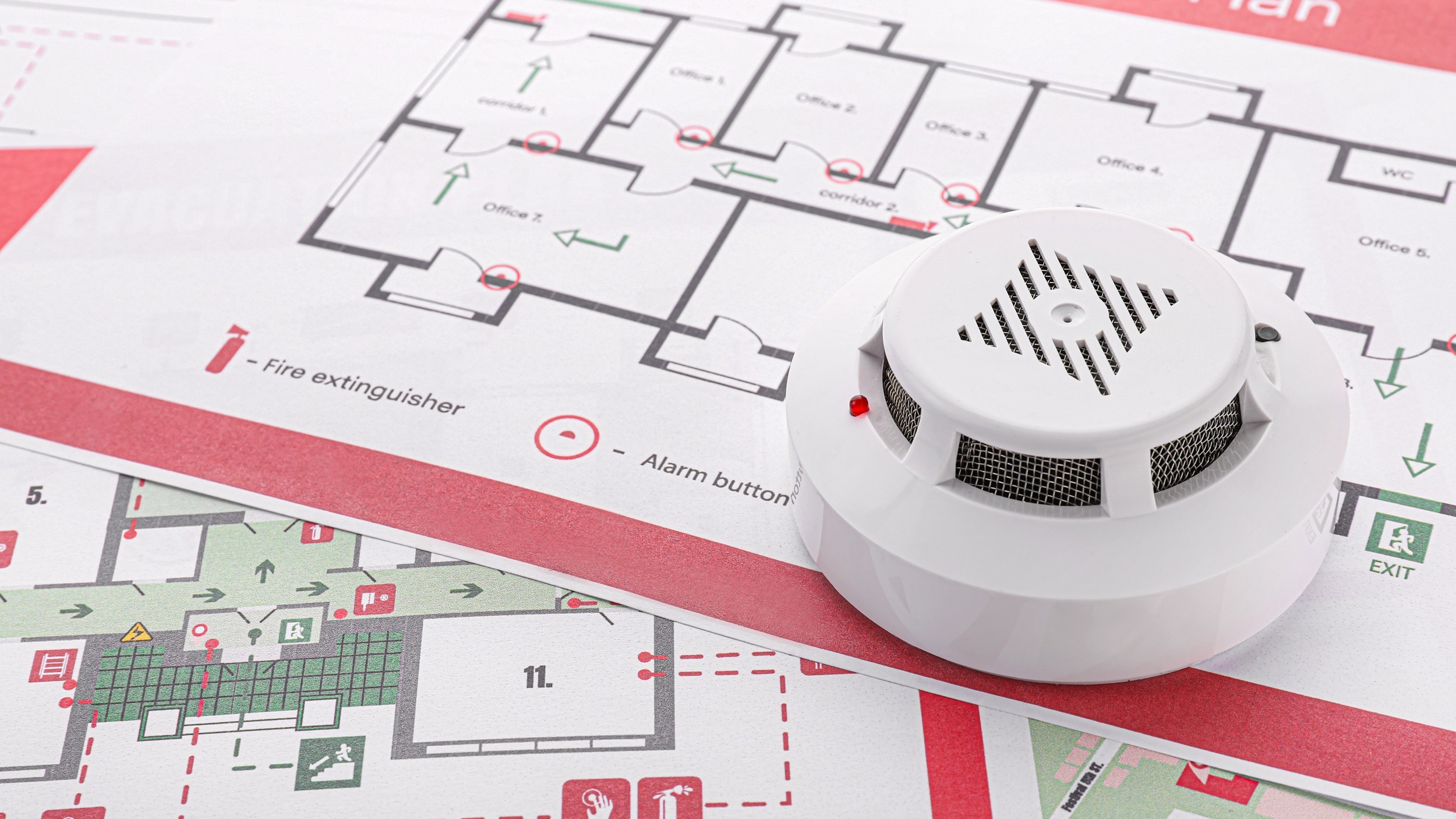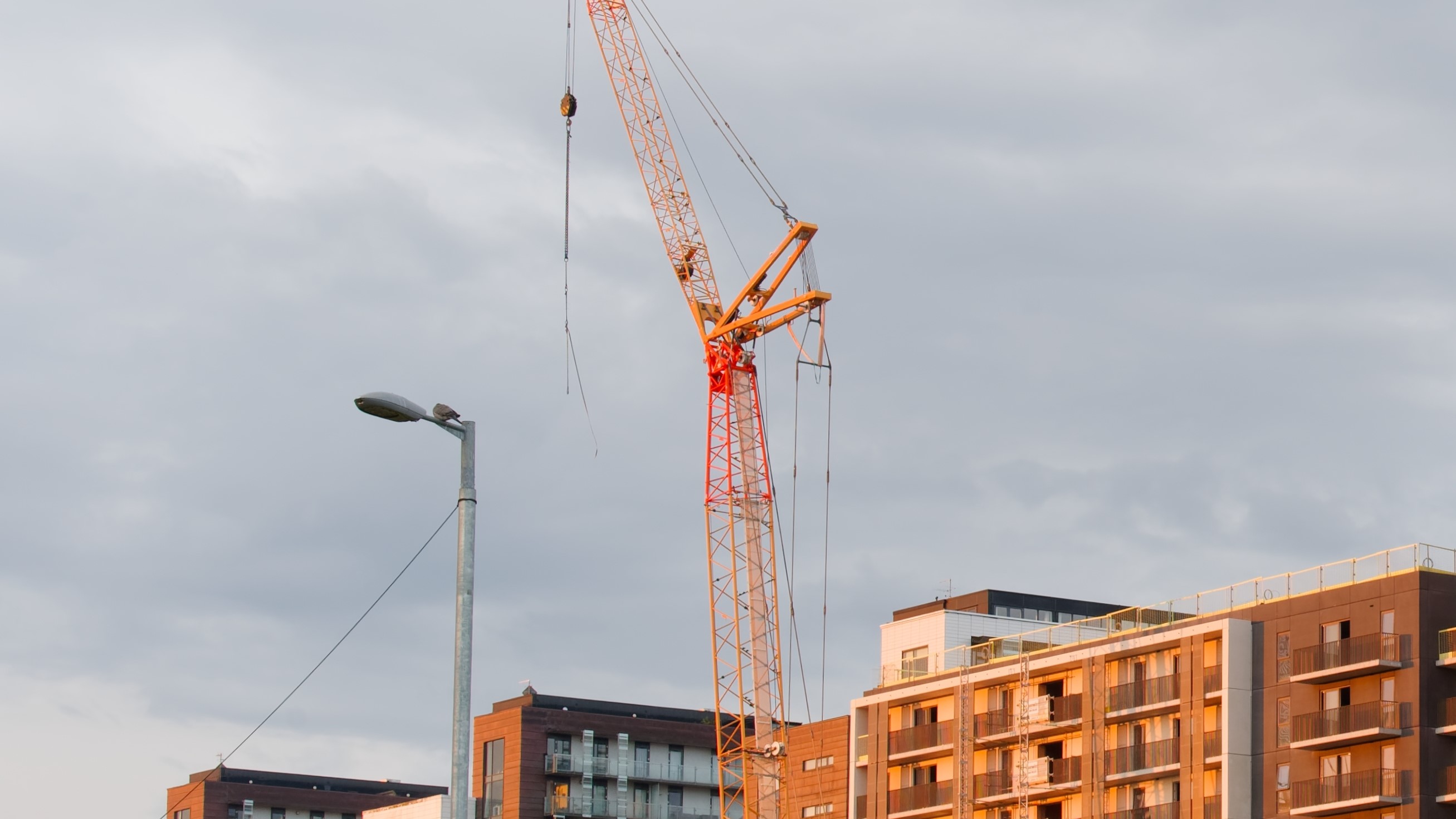
In May, the Supreme Court handed down a much-anticipated judgment in the case of URS Corporation Ltd v BDW Trading Ltd [2025] UKSC 21. This dismisses the appeal by URS and affirms the Court of Appeal's judgment of July 2023.
The ruling has made it easier for developers of residential buildings that have incurred costs in remediating unsafe dwellings to recover these from the parties that carried out the defective works.
It has done so by confirming that the extended limitation periods introduced by the Building Safety Act 2022 have retrospective effect, and apply not only to claims under the Defective Premises Act 1972 but also to related negligence and contribution claims, as well as those that are already the subject of live proceedings.
The ruling further confirms that developers can claim for remediation costs under the Civil Liability (Contribution) Act 1978, even where they are not themselves the subject of claims by third parties.
Developer prompted to remediate flats retrospectively
In the present URS case, housing developer BDW Trading had engaged construction engineering firm URS Corporation to design two residential developments, one on the Isle of Dogs in London and the other in Leicester.
Building works for the London apartments were completed in or around February 2008, and the Leicester apartments in or around October 2012.
In both cases, BDW sold the properties following practical completion and transferred its interests in them, by December 2008 and May 2015 respectively.
Following the Grenfell Tower fire in 2017, however, BDW – perhaps under pressure from concerned residents or simply out of an ethical obligation to do so – conducted a review of the developments and found structural design defects in both.
BDW subsequently incurred millions of pounds' worth of costs in investigating the issues, carrying out temporary and then permanent remedial works, and evacuating one block in London for a short time.
BDW benefits from extended limitation periods
In March 2020, BDW brought a professional negligence claim against URS in the High Court, seeking compensation for the losses it had incurred.
After the Building Safety Act received royal assent in April 2022, BDW also applied for and was granted permission by the High Court to amend its claims against URS and others, under the 1972 and 1978 Acts, benefitting from the new, lengthier limitation provisions introduced by the new legislation. This significantly enhanced its claim and thus its prospects of success.
The 2022 Act extends the period during which a potential claimant can bring a claim under the 1972 Act from six years from completion of a dwelling to either 30 years for dwellings completed before 28 June 2022, or 15 years for dwellings completed after that date. The retrospective application aligns with the 2022 Act's aim of addressing building safety issues after the Grenfell Tower fire.
URS appealed the High Court's decision, arguing that the extended limitation period could not apply to existing claims in current proceedings. It also contended that a claim could not be brought under the 1978 Act because none had been brought against BDW from a third party; that is, BDW had incurred the remediation costs itself, so could not now claim a contribution towards those from URS.
Dismissal provokes further appeal by URS
The Court of Appeal found in BDW's favour and dismissed the appeal, ruling that BDW could legitimately amend its claims to take advantage of the retrospective extension of the limitation periods under the 2022 Act.
It confirmed that these longer limitation periods in respect of claims made under the 1972 Act are 'to be treated as always having been in force', in line with the wording of clause 135(3) of the 2022 Act. The only exception is where the claim has been settled or finally determined by a court or arbitration before the later act's limitation provisions took effect.
It also found that there was nothing in the wording of section 1(1) of the 1978 Act to suggest that the making or intimation of a claim was a condition precedent to the bringing of a claim in contribution, ensuring that this legislation could be interpreted widely.
URS appealed this decision on four grounds, which gave rise to the following issues for the Supreme Court to consider:
- whether remediation costs incurred by BDW on property it no longer owned were irrecoverable in the tort of negligence if the damage fell outside the scope of duty of care, or was too remote because it was voluntarily incurred
- whether the retrospective 30-year limitation period introduced by section 135 of the 2022 Act applied not only to claims under section 1 of the 1972 Act but also to related negligence and contribution claims
- whether URS owed a duty to BDW under section 1(1)(a) of the 1972 Act and, if so, whether this was limited to purchasers of dwellings or extended to developers
- whether a claim for contribution under section 1 of the 1978 Act could be brought without a prior judgment, settlement or third-party claim against the party seeking contribution.
Supreme court affirms earlier decision
The Supreme Court dismissed all four grounds of appeal and confirmed the following.
- Voluntary remedial costs: URS argued that the 'voluntariness principle' meant that voluntarily incurred losses such as repair costs, without a legal obligation or proprietary interest, are irrecoverable as damages which fall outside the duty of care or are too remote. The Supreme Court rejected this argument and held that the recoverability of voluntarily incurred losses depends on the duty of care, causation, mitigation and remoteness to achieve a 'fair and reasonable allocation of the risk of loss'.
- Extended limitation period: The 30-year limitation period introduced by section 135 of the 2022 Act applies beyond claims under section 1 of the 1972 Act, extending to related negligence and contribution claims arising from the same statutory duty. The later Act alters the legal position by removing the limitation defence; however, it does not retrospectively affect the assessment at trial of whether the developer's remedial actions were reasonable for the purposes of legal causation or mitigation.
- Duty owed to developers pursuant to the 1972 Act: Section 1(1)(a) is not confined to claims brought by purchasers of dwellings; it also affords developers the right to pursue claims against consultants and contractors for defective work, even where the developer may owe obligations to successive owners.
- Contribution without prior determination: The developer is not precluded from pursuing a claim for contribution against the consultant solely because there has been no judgment, settlement or third-party claim asserted against the developer. It is sufficient for the developer to make payment in kind by undertaking remedial works in compensation for the damage.
The Supreme Court judgment also confirms that the limitation period under the 2022 Act is to be treated as always having been in force, pursuant to clause 135(3), unless a claim was settled or finally determined before this came into force. This applies to direct claims under the 1972 Act or claims in the tort of negligence or for contribution claims under the 1978 Act that depend on the 1972 Act.
Case paves way for further claims
The Supreme Court has helpfully clarified that claims to recover defect rectification costs under the 1972 Act – which were until recently time-barred – can now be brought courtesy of the extended limitation periods introduced by the 2022 Act.
The new extended limitation rules have retrospective effect, regardless of whether a claim is already proceeding in the courts. This stands to alter radically the strength of certain claims, and will mean that parties to existing proceedings will have to reassess their risks and probable liability quickly.
The decision is likely to lead to an increased number of claims under the 1972 and 1978 Acts, in relation to existing buildings where previous limitation rules excluded recovery.
This judgment should also be welcomed by developers that have proactively remediated their buildings and are now seeking to recover costs from those involved with their construction.
The judgment signals a shift in long-term risk exposure for consultants and their insurers. By extending the limitation period to 30 years, the 2022 Act significantly increases the window for potential liability. Consultants, particularly in design roles, are now more exposed to claims for the costs of remediating historical building safety defects.
The implication of the judgment necessitates all parties – particularly developers, consultants, and insurers – to review contractual terms and risk management strategies. This may include updating insurance policies to mitigate long-term exposure because of potential claims for historical defects that would have previously been time-barred.
Given there is likely to be a rise in claims for design errors or incorrect selection of materials, the implications for professional indemnity insurers are perhaps not so rosy.
A version of this article was originally published on 28 November 2023.
'The new extended limitation rules have retrospective effect, regardless of whether a claim is already proceeding in the courts'
David Greenwood is a senior associate at Pinsent Masons
Contact David: Email
Related competencies include: Conflict avoidance, management and dispute resolution procedures, Fire safety, Legal/regulatory compliance
RICS Fire Safety Conference
15-16 October | 08:30 – 13:20 BST | Online
The fire safety landscape across the UK and Ireland is changing rapidly. With the Building Safety Act 2022 in force and the government's acceptance of all the Grenfell Inquiry phase 2 report recommendations, built environment professionals must now meet stricter legal duties, deliver higher standards of safety, and manage more complex risks throughout a building's lifecycle.
The conference will help you to find out what the fire safety reforms mean for you and your projects. You will hear directly from regulators, practitioners, and policy leaders tackling the challenges of compliance, competence, and collaboration, and understand how national frameworks and the Building Safety Act 2022 impact your daily responsibilities.


